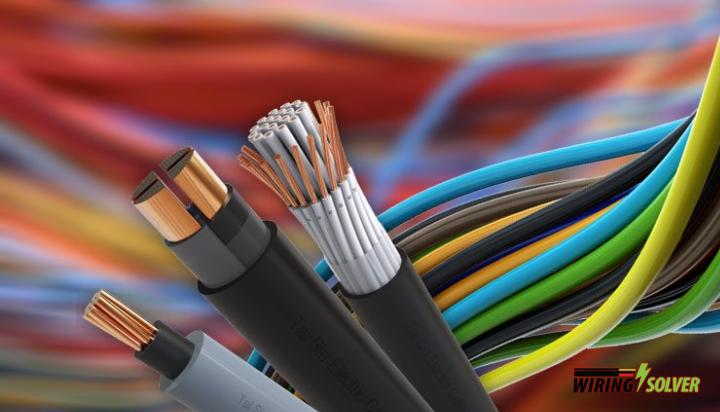The size of the wires plays a vital role in carrying current from one place to another. The wire size varies due to various factors like- current capacity, voltage, distance as well as the element used to make the wire. So, what size would you need to run a 500 feet power supply?
In case of a low current capacity, you will need a 1 AWG wire to run a 500 feet power supply keeping the voltage drop low within 3%. If you are willing to sacrifice a little bit more voltage drop, then you can use a 2 AWG wire. If you are going for a high current capacity, then you will be needing 0/2 AWG copper wire or 0/4 AWG aluminum wire.
In this article I am going to talk about all the factors that you need to look into, to determine which wire you actually need for a 500 feet run for various current capacity. Stay with me.
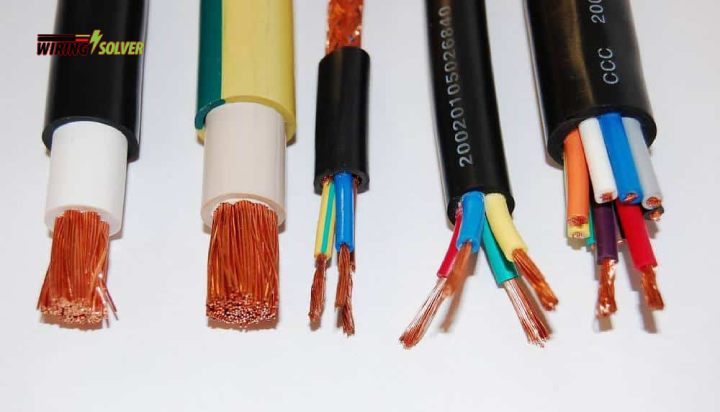
What Are The Factors You Need To Consider To Determine The Size Of The Wire?
To determine which gauge wire you need, you have to look at some factors. Like:
- Current capacity
- Distance from point of supply to consumption end
- The element by which the wire is made of
These things determine which wire you need for the job. Normally there are two types of elements used in the wires- copper and aluminum. While replacing one with the other, aluminum needs to be thicker than the copper wire. Like, where you need a 2 AWG copper wire, 4AWG aluminum wire can serve the same requirement.
What Size Wire To Run 500 Feet?
For a 120V run of 500 feet length you may use a variety of gauge wires depending on the current capacity. If you are going to use a 20 amp capacity feeder, you can use a 1 AWG copper wire at a voltage drop of below 3%. But you can use a 2 AWG copper wire if you are ready for a voltage drop slightly higher than 3%.
What Size Wire To Run 500 Feet 200 Amp?
To run a 500 feet 200 amp you will need a number of 4/0 AWG wires in parallel. To be exact you will need 4 parallel wires to complete the job keeping the voltage drop within 3%.
You can alternatively use two 6/0 AWG cable in parallel. But the voltage drop will be a bit higher than 3%. Keeping the voltage drop as low as possible is a must for high loads.
How To Determine The Suitable Wire And Calculate Voltage Drop?
To determine the suitable wire you first need to see the maximum current capacity of the wire that matches your criteria. You can use the current capacity chart for AWG wires. Once you select the wire according to the current capacity, then you need to calculate the voltage drop. Let’s have a look at the process:
% Voltage drop= (2*K*I*D)/circular mils
If you want to determine the voltage drop for a copper wire that is going to carry 200 amps at a 500 feet distance by a 6/0 AWG wire then,
% Voltage drop= (2*12.9*200*500)/336390
= 7.6
(Here, ‘K’ is a constant that depends on the material of the wire. And you can get the circular mills for a specific wire from the wire index.)
As you can see that, the voltage drop for the chosen wire is 7.6% which is much more than 3%, you need a different cable or a different technique. Just like a while earlier I said to use 4 parallel 4/0 AWG wires to carry the current. Doing so, the current will be divided into all of the parallel wires and you will find the voltage drop decreases.
What Size Ground Wire For 200 Amp Service?
For a 120V system, you will need a 6 AWG copper wire or 4 AWG aluminum wire for a 200 Amp service. The size of the wire may increase with the increase in run. In America, there is a standard maintained for this case.
Precautions:
While working with electricity, the first priority is to take proper precautions. Before touching any wire, use a tester or voltage sensor. Learn how to test live wires if you think you are not clear about it yet. For high voltages there are various voltage sensors found in the market. Use a voltage tester for better output.
Conclusion:
I hope you get a very clear idea about the size of the wires required to run a 500 feet service. This article gives you a very brief and clear idea about the wires you will need and also how to determine the right wire for your task.
Choosing the right wire for the power supply is very important for efficiency both in electric performance and economy. Copper or aluminum wires are costly. So, choosing the right wire efficiently will help you to reduce your cost. Then again for a stable power supply, choosing the best wire is important to avoid hazards. Hopefully you will find things easier after going through the article. Good luck!!

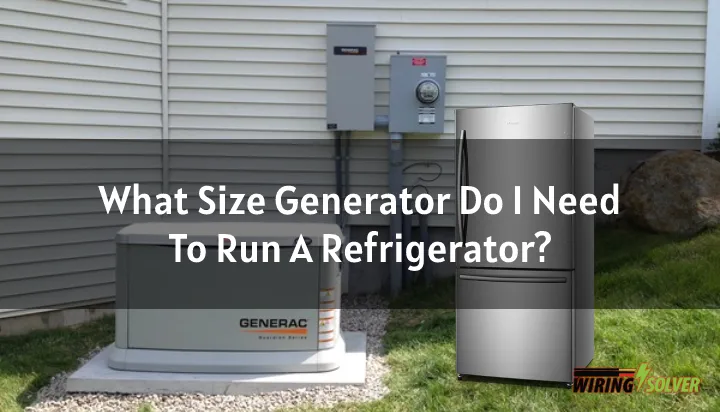
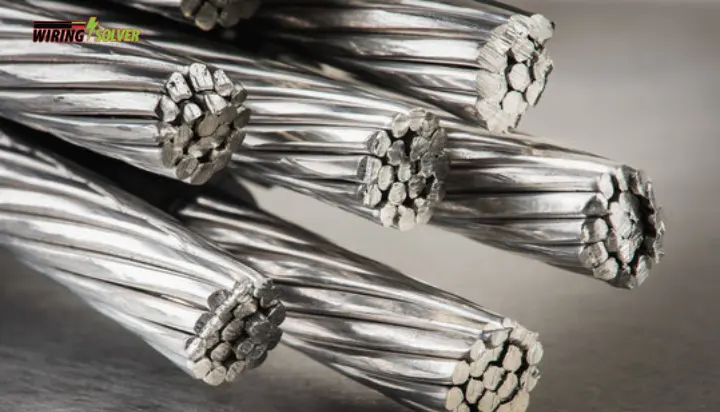
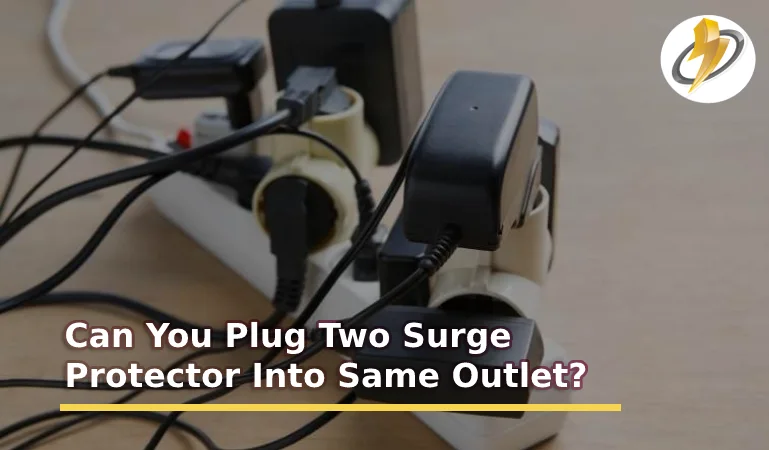

![How Long Do Most Power Outages Last? [Explained]](https://wiringsolver.com/wp-content/uploads/2022/07/How-Long-And-Why-Do-Most-Power-Outages-768x432.jpeg)
